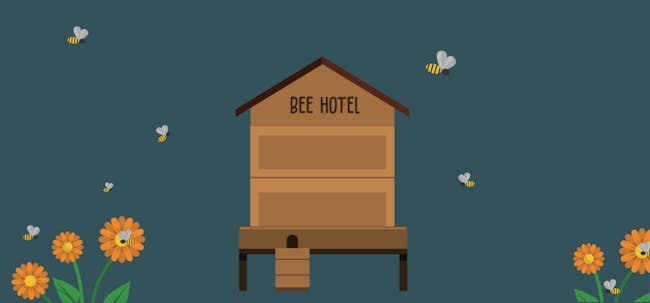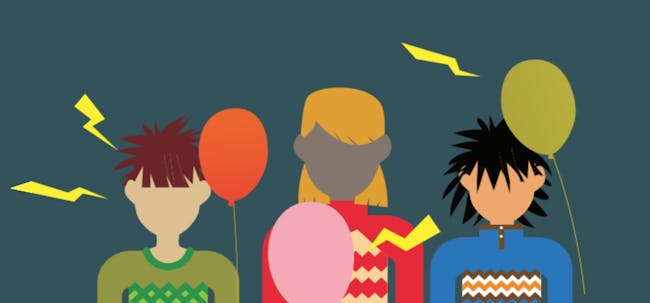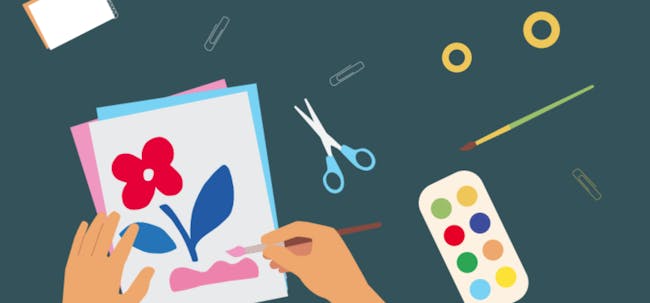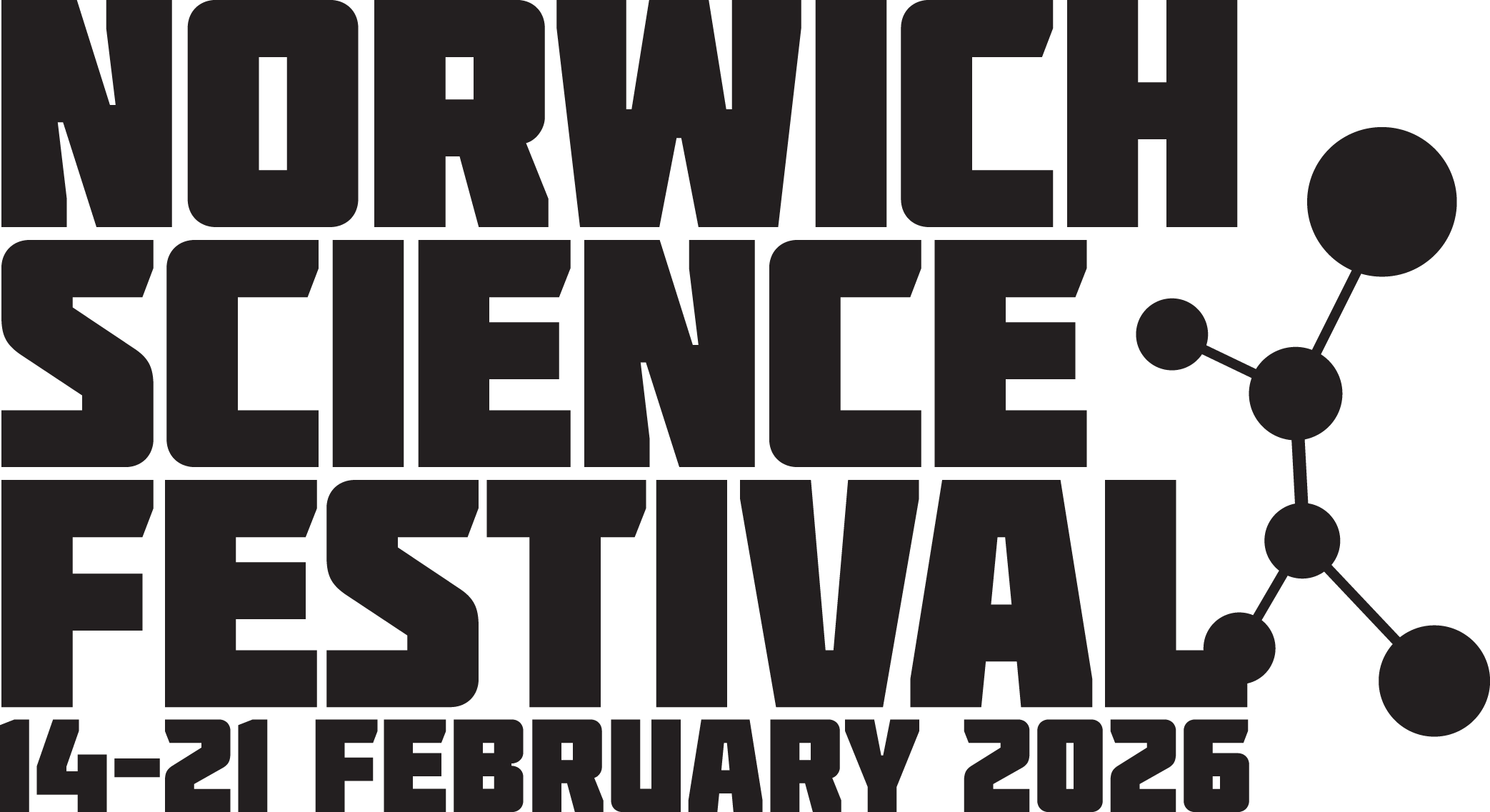- Home
- Bee Inspired this World Bee Day!
Bee Inspired this World Bee Day!

Share the buzz about bees with our activities!
Every year on May 20th, we come together to celebrate one of the planet's smallest but mightiest heroes - bees!
Bees do far more than making honey, they are powerful pollinators and one of the most vital contributors to our planet’s ecosystem. Bees are responsible for one in every three bites of food we eat - from apples and almonds to tomatoes and coffee!
As part of the 2025 Festival Learning Programme, Norwich Science Festival brought the buzz to schools and families across Norfolk with a fun, interactive play all about the science of food.
Through Scientist Sally and her friend Bella Bee, we explored the powerful connections between food and the planet, our diet, and climate change.




Bee Inspired
Bees are vital not only to our food systems but also to the health of our planet. Yet their future is under threat. Climate change, habitat loss, and pesticide use are having an enormous impact on bee populations around the world.
This year's World Bee Day theme - Bee inspired by nature to nourish us all - is an important reminder that you don't have to be an expert to help protect bees and other pollinators, everyone can do their part!
World Bee Day Activities
Whether you're a parent, a teacher, or just curious about nature, World Bee Day is a great opportunity to learn and share the buzz about bees!
We've put together a collection of fun activities (taken from our 2025 Festival Learning Programme) to help you, and the little ones in your life, get involved with the day.
Discover bees' incredible super senses through a static electricity experiment, or have a go at building your own bee hotel with our simple step-by-step guide!
Build your own Bee Hotel
Give solitary bees a cosy and safe place to nest by making your very own Bee Hotel using simple, recycled materials!
You will need:
A5 paper, sticky tape, colour pencils, pens or paint. A main structure can be made from any recycled materials you can find, like small cardboard boxes, wooden boxes, plastic plant pots, or old tin cans.
What to Do:
Make the nesting tubes. Take your A5 paper and roll each sheet tightly around a pencil to form a tube. Secure it with sticky tape to hold the shape. Make as many as you can - the more, the better!
Decorate your Bee Hotel. Use colouring pencils, pens, or paint to decorate the outside of your chosen structure. Get creative! Bright, bold designs are perfect, but be careful to not get paint on the inside where bees will nest.
Assemble the Bee Hotel. Take your paper tubes and pack them lengthways into your decorated container. Fill it as tightly as possible so the tubes don’t move or fall out. You want them to feel snug and secure, with no large gaps.
Find the perfect spot! Hang your Bee Hotel in a sunny, sheltered part of your garden, or outside space. If you can, try and find a spot that is 1–2 metres off the ground and sheltered from wind.
Get ready to welcome some little buzzing visitors to their brand-new home!

Electric Fields - Discover the Super Senses of Bees!
Bees are incredible creatures with some amazing abilities. Did you know their eyesight is so powerful, they can spot patterns on flowers that we can't even see? Like us, bees have five senses, but they also have a sixth sense - they can detect the electric fields around flowers.
Here’s a fun experiment and creative activity to help you explore how bees use static electricity, and a chance to invent your own super bee!
You will need:
Blow-up balloons, drawing paper and pens or pencils.
Part 1: Explore Static Electricity
Blow up the balloons and hold one near your hair or jumper.
Rub it back and forth quickly for a few seconds.
Watch what happens - your hair may lift up or the balloon might stick to you. That’s static electricity in action.
This is similar to how pollen sticks to a bee’s body. When a bee lands on a flower, the difference in electric charge between the bee and the flower helps pollen jump from one to the other, kind of like your hair to the balloon!

Part 2: Design a super bee
Now, imagine a bee with a unique super sense that doesn’t exist in nature.
Draw your version of a super bee and explain what makes it special. What can it do? How does it help bees, flowers, or the planet?
Campaign for the Bees!
Help protect our buzzing friends by creating an eye-catching poster that inspires others to take action for bees.
You will need:
A4 or A3 sheets of paper, pens, colouring pencils or paints
What to Do:
Design a bright, creative poster that focuses on one simple action people can take to help protect bees.
Here are some ideas to get you started:
Let the weeds grow! Encourage people not to mow their grass in their gardens as often - bees love weeds like dandelions and clover!
Rescue a tired bee! Teach others how to revive a struggling bee with a sugar and water mix (never honey!).
Build a Bee Hotel. Use our step-by-step guide above to show others how easy it is to build a cosy home for solitary bees.
Plant for pollinators! Encourage people to fill a patch of garden or pot with wildflowers bees will love.

You can join in World Bee Day by sharing your creations on social media using the hashtag #WorldBeeDay

